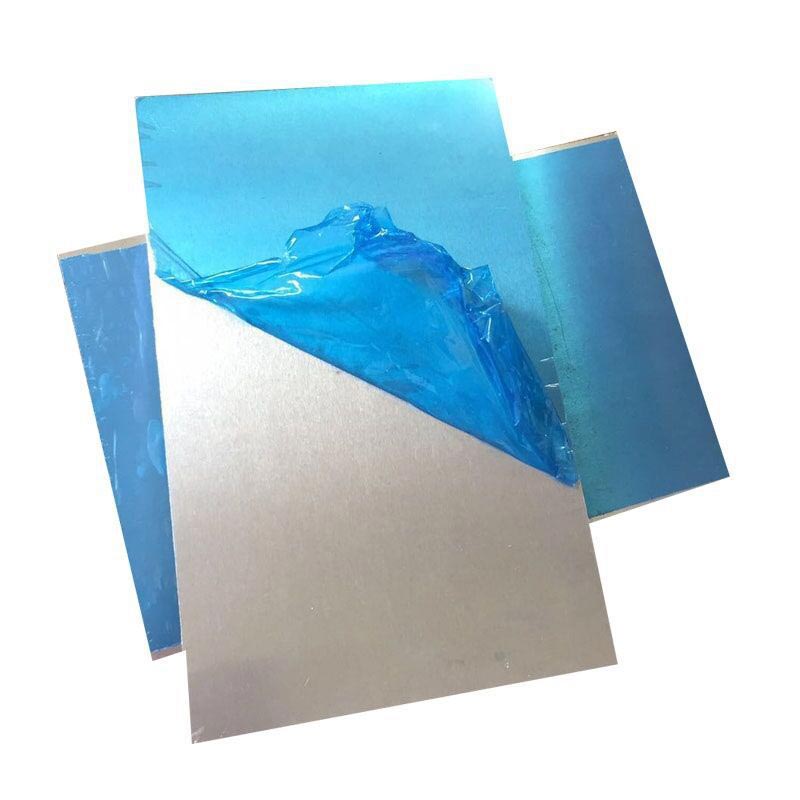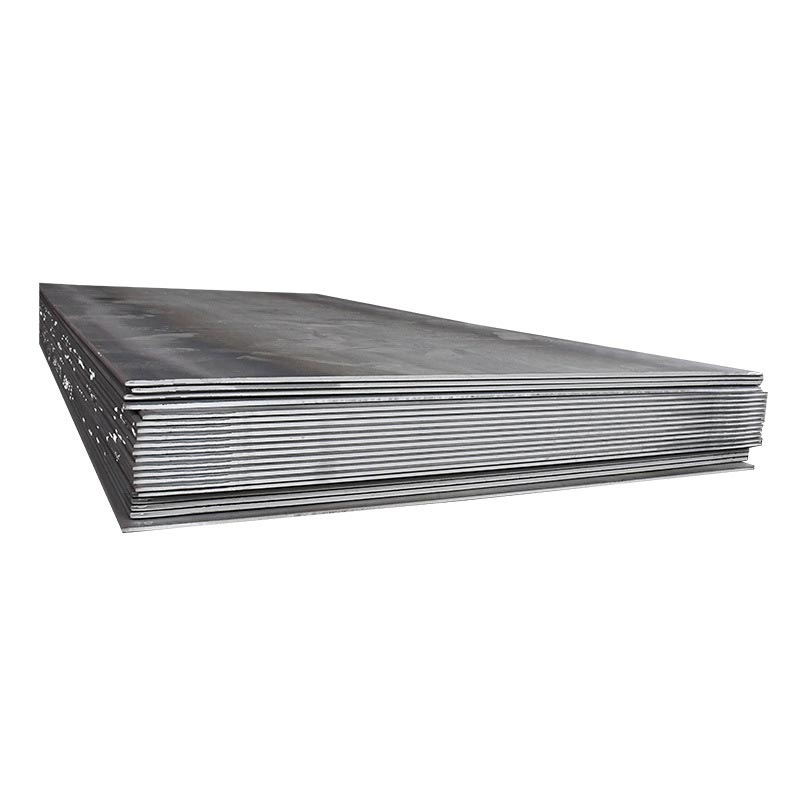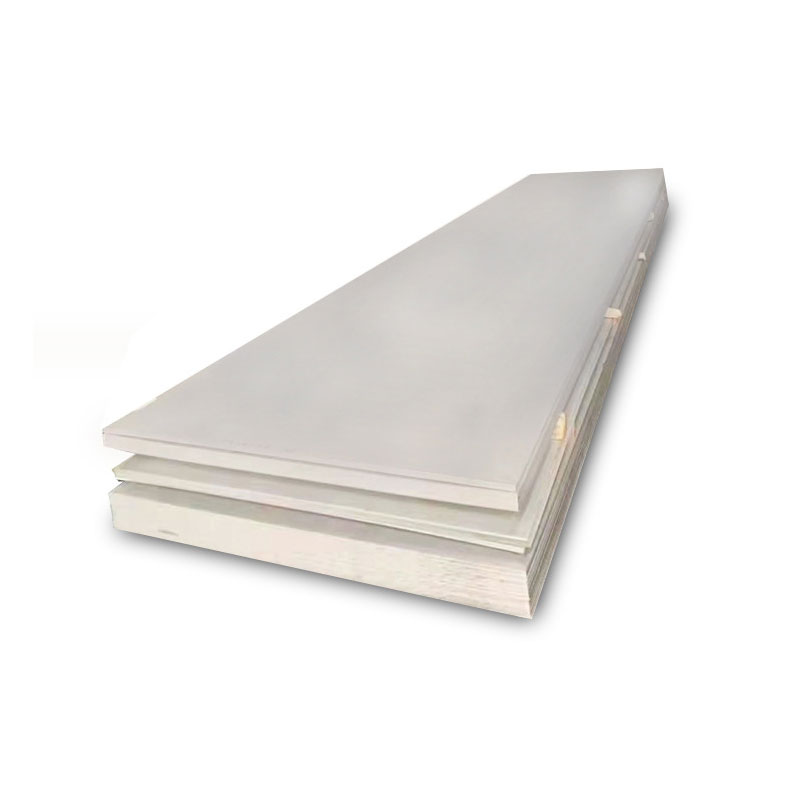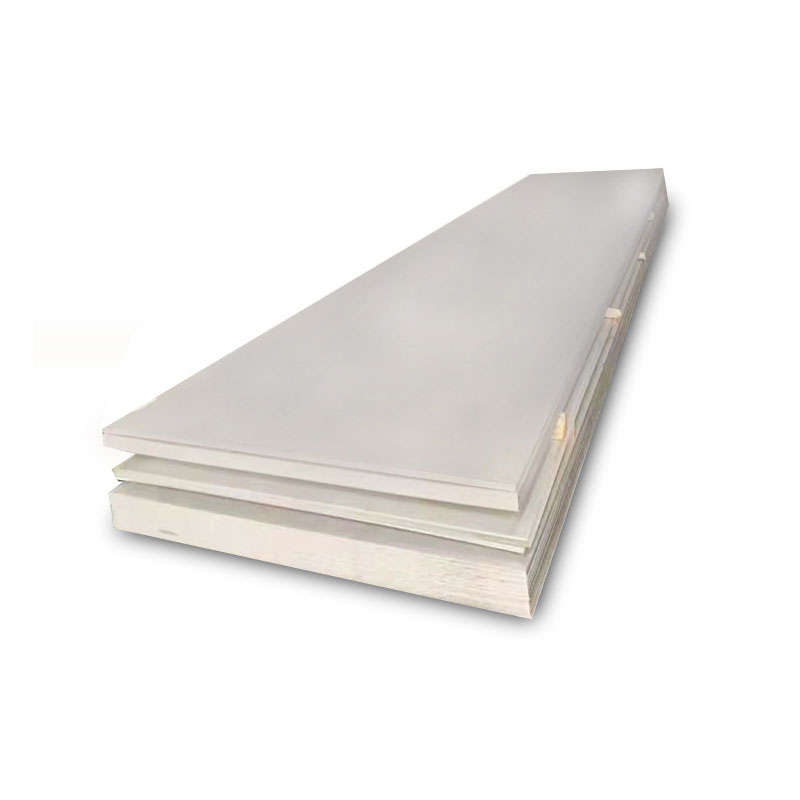What Problems Are Prone to Occur When Cutting 304 Stainless Steel Sheet?
What Problems Are Prone to Occur When Cutting 304 Stainless Steel Sheet?
304 Stainless Steel Sheet is widely used and has become a popular material in the market due to its excellent performance. Today, the editor will analyze the problems that are prone to occur when cutting 304 Stainless Steel Sheet.
High Strength of Stainless Steel Leads to Easy Deformation. During the cutting and machining of stainless steel, due to its certain elongation—especially for austenitic stainless steel—significant plastic deformation occurs. This presents certain difficulties for the cutting process. Furthermore, the inherent relatively high strength of stainless steel increases the dual resistance during cutting, thereby intensifying the cutting force required.
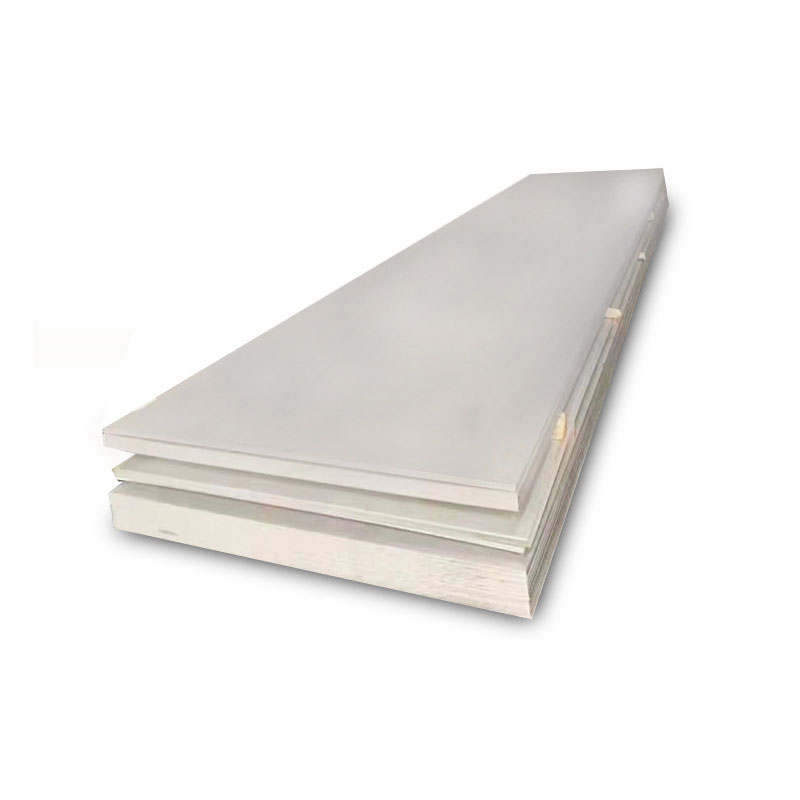
High Cutting Temperature of Stainless Steel. The cutting process generates a substantial amount of heat. However, stainless steel material has relatively poor thermal conductivity. Consequently, the heat becomes concentrated in the cutting area and on the blade, making it difficult to dissipate.
High Cutting Difficulty. Stainless steel is a hard substance with good plasticity and high toughness. However, during processing, the chips are difficult to break and tend to adhere, leading to cutting extrusion on the surface of the stainless steel and excessive wear of the cutting tool. This tool wear manifests as small pits, spalling, and notches on the tool face. Combined with the high hardness of carbides in stainless steel, which directly contact and rub against the tool during cutting, and the presence of work hardening, all these factors contribute to accelerated tool wear. Consequently, the surface finish of the stainless steel deteriorates.
Stainless Steel is Prone to Expansion. During the cutting process, a large amount of heat is generated, causing the stainless steel to expand. This expansion increases the difficulty of cutting the Stainless Steel Sheet.
- Differences in Wall Thickness Tolerance Control Methods Between Stainless Steel Tube and Stainless Steel Seamless Tube
- How to Deal with Decarburization of 304 Stainless Steel Sheet?
- Special attention must be paid to these issues during the welding of stainless steel tubes
- Stainless-Steel-Tube Welding Process and Considerations
- Reliability of 304 Stainless-Steel-Tube Products
- Stainless Steel Sheet Manufacturer: Common Size Specifications for Stainless Steel Sheets






